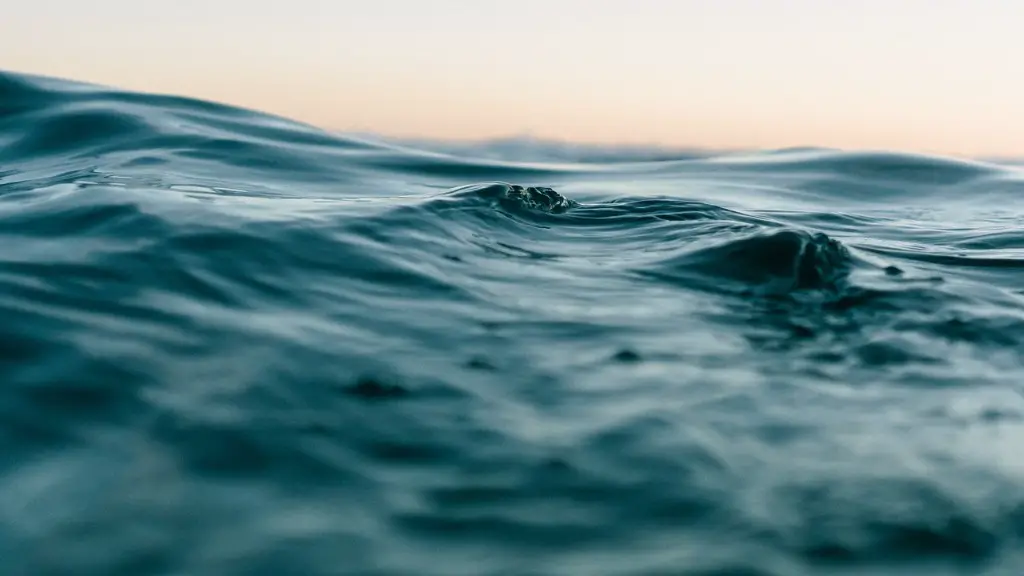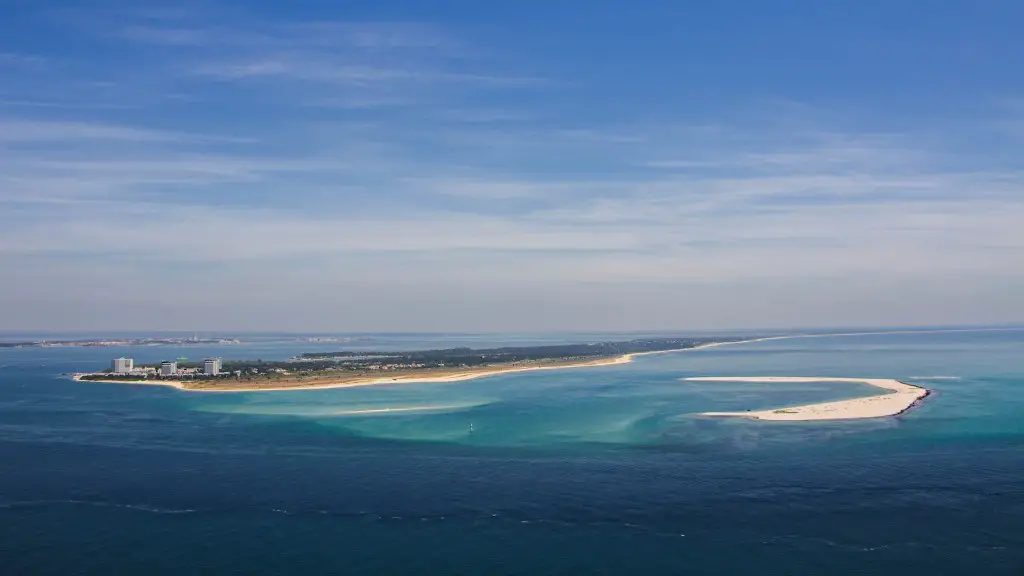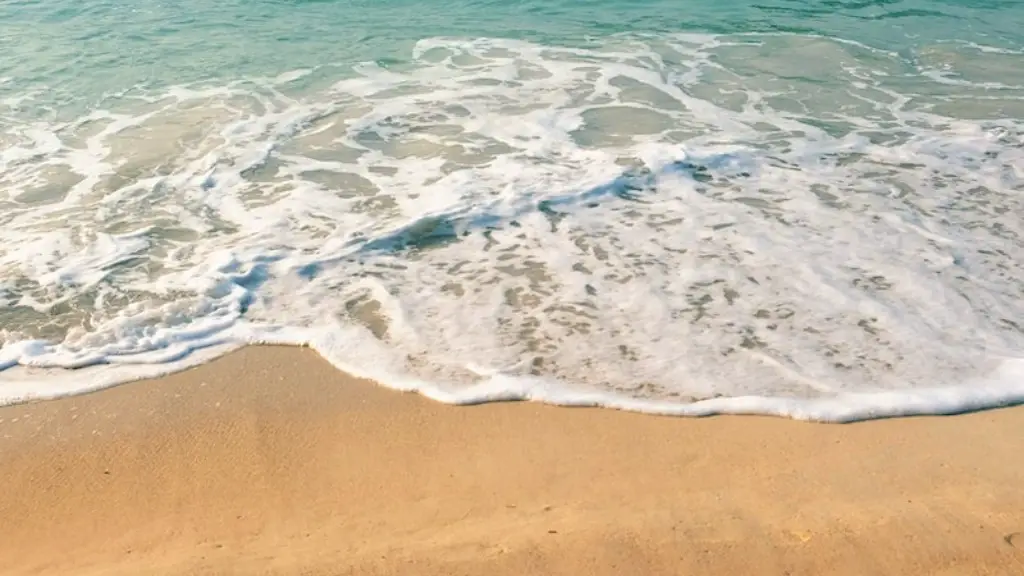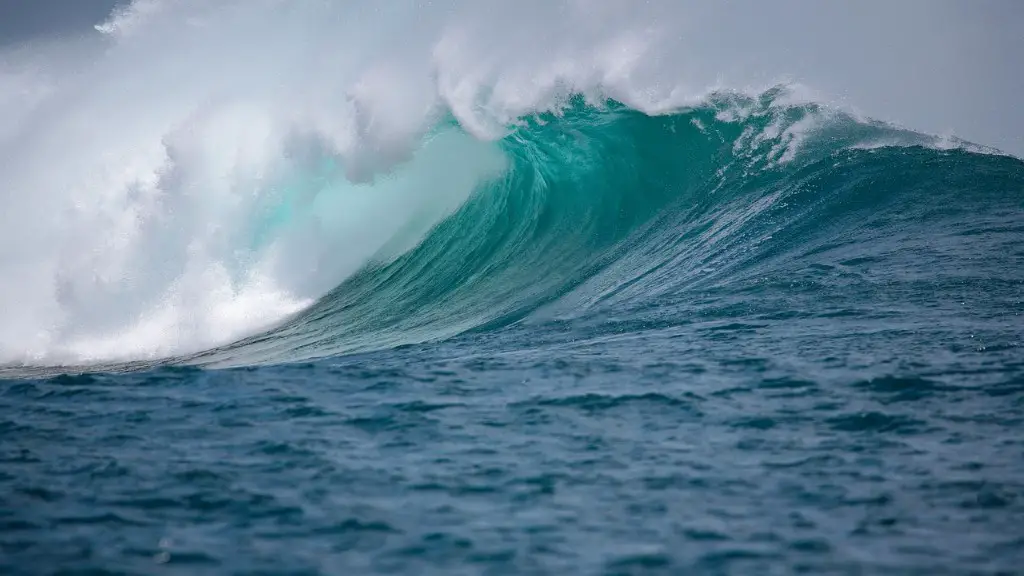Much of today’s political stage centers around the South China Sea. But what is the South China Sea?
The South China Sea is a marginal sea of the western Pacific Ocean; it lies between the countries of Southeastern Asia, the Philippines, Indonesia, Malaysia, Brunei, Taiwan, and Vietnam. It is part of the Pacific Ocean, though its waters are shallow with an average depth of only 1,500 meters. It has a total area of over 987,000 square kilometers, making it one of the largest seas in the world. It is bordered by the Strait of Malacca in the southwest, the Strait of Karimata in the northeast, the Taiwan Strait in the east and the South China Sea Islands in the south.
This large body of water has also been home to militarized disputes and maritime border claims between many nations in the region over the years. For instance, Malaysia, China, Vietnam and the Philippines have long been at odds on their respective claims to nearly the entire South China Sea basin. In recent years, tensions between claimant countries have been escalating due to Chinese territorial expansion; a move that has been the source of criticism from the international community.
The various disputes not only involve claims of sovereignty, but also resource exploration, navigation areas, and fishing rights. It has become a security concern for countries in the region and beyond, as naval vessels from different countries often come into contact. This has sparked fears of clashes and military incidents, though none have yet occurred in recent years.
The South China Sea is also of great economic importance. It is rich in marine resources and is home to some of the world’s busiest commercial sea lanes. It is estimated that the South China Sea contains up to 7 trillion dollars in oil and gas reserves, along with an abundance of fish and mineral resources. As such, these natural resources are highly sought after by the countries in the region, leading to numerous conflicts and territorial disputes.
The South China Sea is also a major tourist destination, boasting stunning beaches, turquoise waters, and world-famous dive sites. It is home to some of the best coral reefs in the world, as well as beautiful island chains like the Spratly Islands. Millions of people have visited the South China Sea to take part in various kinds of recreational activities, ranging from swimming and snorkeling to fishing and Scuba diving.
The South China Sea is also home to numerous species of fish, marine mammals, and sea turtles. It is estimated that over 3,000 species of fish can be found in the area, including some of the oldest and most rare species. Various species of dolphins, porpoises, and whales also call the South China Sea home, along with a variety of seabirds and sea turtles. The region is a major source of food for local populations, providing an important source of livelihood for millions of people living along its coastline.
Traditional fishing rights in the South China Sea
Fishing has long been a way of life for many of the peoples living on the South China Sea’s coast. For centuries, locals have relied on the region for sustenance, making traditional fishing rights a matter of great importance.
In an effort to secure and protect their fishing rights, many of the claimant countries have sought to secure mutually advantageous agreements. These agreements have been successful in reducing tensions between the claimants while still preserving the interests of local fishermen.
Despite legal agreements between countries, the disputes over traditional fishing in the South China Sea still linger. Fishermen often find themselves caught in the middle of complicated negotiations between nations. In many cases, local fishermen are operating without fully understanding their rights, and are in danger of being exploited by larger corporations with interests in the area.
In order to protect their traditional rights, local fishermen have to be informed about their legal rights and procedures of obtaining justice. They also need to be aware of their responsibilities as responsible fishermen, and adhere to sustainable fishing practices.
Some local governments have also put in place certain measures to protect local fishing grounds. These include declaring certain areas as “protected zones”, limiting access to certain types of fish stocks, and implementing sustainability programs.
Resource exploitation and development in the South China Sea
In recent years, the South China Sea has become an important hub for resource exploitation and development. Oil and gas exploration and production has become increasingly prevalent in the area, with numerous joint-venture projects between states, private companies, and foreign investors.
The potential of the South China Sea is enormous; countries in the area have been hoping to cash in on its estimated 7 trillion dollars in oil and gas reserves. These investments have been met with extreme caution, however, as the claimant countries are aware of the potential environmental and economic risks of tapping into these immense reserves.
Not only do these activities come with a high risk of depleting resources, but there are also legal risks to consider. Without harmonized rules and regulations in place, foreign investors could face issues over ownership of resources or exploration permits. This could lead to long and costly legal disputes among the various claimants.
Furthermore, the South China Sea is also home to some of the world’s most biodiverse coral reefs. These are highly sought after for the incredible beauty, but are also of great economic importance for their role in fisheries productivity. Any development activities or resource exploitation must be carefully and responsibly managed in order to preserve and protect these fragile ecosystems.
With its immense potential and uncertain legal environment, the South China Sea is a highly attractive, yet risky, region for investments and development. Investment in the area should be carefully scrutinized and regulated, and countries in the area should work together to come up with harmonized rules and regulations.
Environmental protection in the South China Sea
Due to the intense activity in the South China Sea, the environment has come under increasing threat of pollution and destruction. The deterioration of the environment can lead to a multitude of issues, including decreases in fish stocks, degradation of coral reefs, and declining air quality.
In reaction to this, countries in the region have started to put in place a variety of measures to protect the environment. These include strengthening maritime border control and monitoring, reducing marine debris, creating protected zones and sanctuaries, and implementing better waste management plans.
It is also important to recognize the traditional fishing practices of local populations. Indigenous peoples have long relied on the South China Sea for their livelihood and way of life, and measures should be put in place to preserve and protect their traditions. This includes providing education and resources for sustainable fishing practices, and ensuring access to traditional fishing grounds.
The international community has also become involved in environmental protection efforts in the South China Sea. International organizations such as the United Nations have put in place numerous measures and policies to help protect the environment, as well as to promote sustainable development.
Overall, it is important to recognize and respond to the threats to the environment in the South China Sea. Without timely action, the region’s local populations and marine ecosystems will suffer immensely. Long term solutions must be implemented not only to protect the environment, but also to ensure the sustainable development of the region.
Conflict resolution in the South China Sea
Given the intense geopolitical tensions in the South China Sea, conflict resolution should be seen as an increasingly viable option for claimants. Conflict resolution efforts have the potential to bring calm to the region, and promote mutually beneficial cooperation among the claimants.
Conflict resolution calls for open-minded dialogue, mutual respect, and compromise. It is important to recognize the interests of all parties involved and seek out compromise in order to bring about a resolution. This is especially important in the South China Sea, where the interests of differing countries are often in tension.
International organizations such as the United Nations or the Association of Southeast Asian Nations (ASEAN) have the potential to play an important role in facilitating conflict resolution. They are in a unique position to mediate conflicts, and can bring various parties to the negotiating table. This could then lead to the formation of mutually beneficial agreements and treaties, which could further de-escalate tensions in the region.
In addition, greater economic and social cooperation can also play an important role in improving the situation. Strengthening economic ties between countries and providing assistance to local populations can help to alleviate tensions and promote understanding. This could then lead the way towards a more cooperative and peaceful region.
Climate change in the South China Sea
As with other parts of the world, climate change is having a profound effect on the South China Sea. Rising sea levels, changes in weather patterns, and ocean acidification are just some of the issues being faced by countries in the region.
As sea levels rise, coastal areas around the South China Sea could become increasingly threatened. The possibility of inundation and flooding could devastate local ecosystems and coastal communities, leading to displacement and economic hardship. This could worsen existing tensions between claimants in the area, and further contribute to the instability in the region.
Climate change is also a threat to marine ecosystems, as higher temperatures could lead to declines in fish stocks and a decrease in biodiversity. This could have devastating consequences for local populations who rely on fishing for their livelihoods. In addition, ocean acidification could further weaken coral reefs, leading to further impacts on local fisheries.
In response to these threats, countries in the South China Sea should work together to develop a unified response to the impacts of climate change. A multi-lateral approach is needed in order to address the wide-reaching effects of climate change on the region. This could include the creation of joint plans to regulate emissions, provide assistance to vulnerable coastal communities, and protect marine ecosystems.
Conclusion
From territorial disputes to protecting the environment, the South China Sea is a region full of complexities and political tensions. Countries in the region, as well as the international community, are increasingly being called to address the various challenges facing the South China Sea. Cooperation and compromise will be essential in order to ensure the sustainable development and protection of the region.





